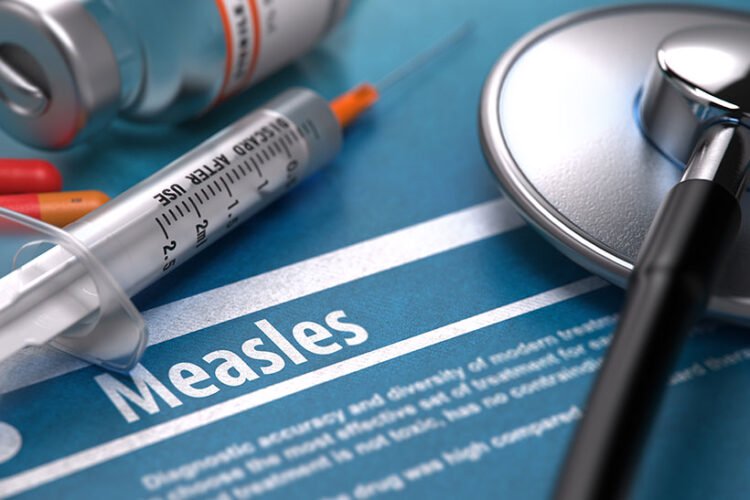As one of the largest star in the Universe continues to burn bright after 6-billion years, there is a continued need to find protection from the potentially harmful effect of the sun. Children who visit the beach with their parents for summer vacation are slathered with sunscreen and for good reason. Construction workers are dressed head to toe for protection from the sun as well as farmers and gardeners utilizing long sleeves and oversized hats for protection.
What is the difference between UVA rays and UVB rays?
While both UVA and UVB wavelengths penetrate the atmosphere, each play a different role in the effects on the human body. Ultraviolet A rays penetrate deep into the skin and cause long-term skin damage, aging, and wrinkles (photoaging). UVA rays are long wavelengths and are able to pass through glass and clouds, accounting for 95 percent of the UV radiation that reaches the Earth’s surface. Ultraviolet B rays are responsible for causing the superficial sunburns suffered when unprotected skin is exposed to the sun. UVB rays play a key role in the development of skin cancer. These rays are most significant between 10AM and 4PM from April to October. UVB rays are reflected off of glass, snow and ice, likely exposing humans to 80% of the rays twice.
According to Skincancer.org, UV radiation is considered the main cause of nonmelanoma skin cancers, striking more than a million Americans each year.
What does SPF mean?
SPF stands for Sun Protection Factor. This terminology is defined by using a multiplier that determines how long you can stay in the sun without becoming sunburned. The SPF rating is a measure of the fraction of sunburn-producing UV rays that reach the skin. For example, SPF 15, means that 1/15th of the burning radiation will reach the skin, assuming the sunscreen is applied evenly at a thick dosage of 2 milligrams per square centimeter. If you are able to tolerate sun exposure for 10 minutes without burning, an SPF 15 will provide you with 15 minutes that, or 150 minutes of protection without burning accordioning to the popular brand Banana Boat’s FAQs.
The American Academy of Dermatology recommends picking products that are water-resistant, with broad-spectrum protection and SPF of at least 30.
American Academy of Dermatology Facts:
• Sunscreen helps prevent skin cancer by protecting you from the sun’s harmful ultraviolet rays.
• Anyone can get skin cancer, regardless of age, gender or race.
• One in five Americans will develop skin cancer in their lifetime.
• Use Broad-Spectrum protection, water-resistant and SPF 30 or higher.
• Apply sunscreen to dry skin 15 minutes before going outdoors.
• Reapply every two hours or after swimming or sweating.
A glowing tan is actually the result of damage to the skin’s DNA and can lead to skin cancer. A tanning bed emits as much as 12 times more UVA rays deep into the skin than the sun.
With Americans finding time to spend outside vacationing, watching an outdoor sporting event or completing projects at their home, exposure to the 6-billion-year-old star is inevitable. Therefore, protection from the sun continues to be a topic of conversation and as long as the star burns bright, the probability of being diagnosed with skin cancer rises. Cancer qualifies as a Critical Illness and a CI policy can help support the financial burden when such diagnosis hits a family.
At American Online Benefits Group, we offer products that include Critical Illness coverage. Please contact our agent or member services to receive more information at 214-389-9072.




